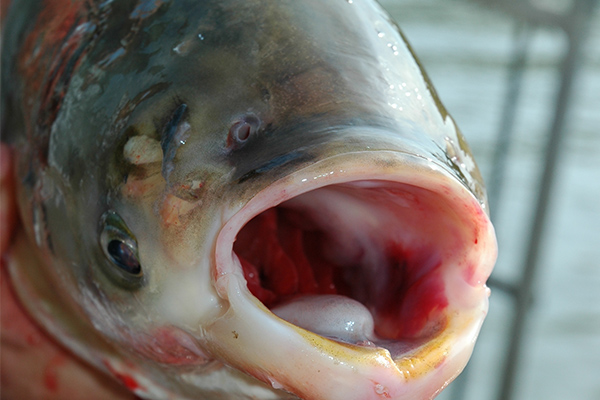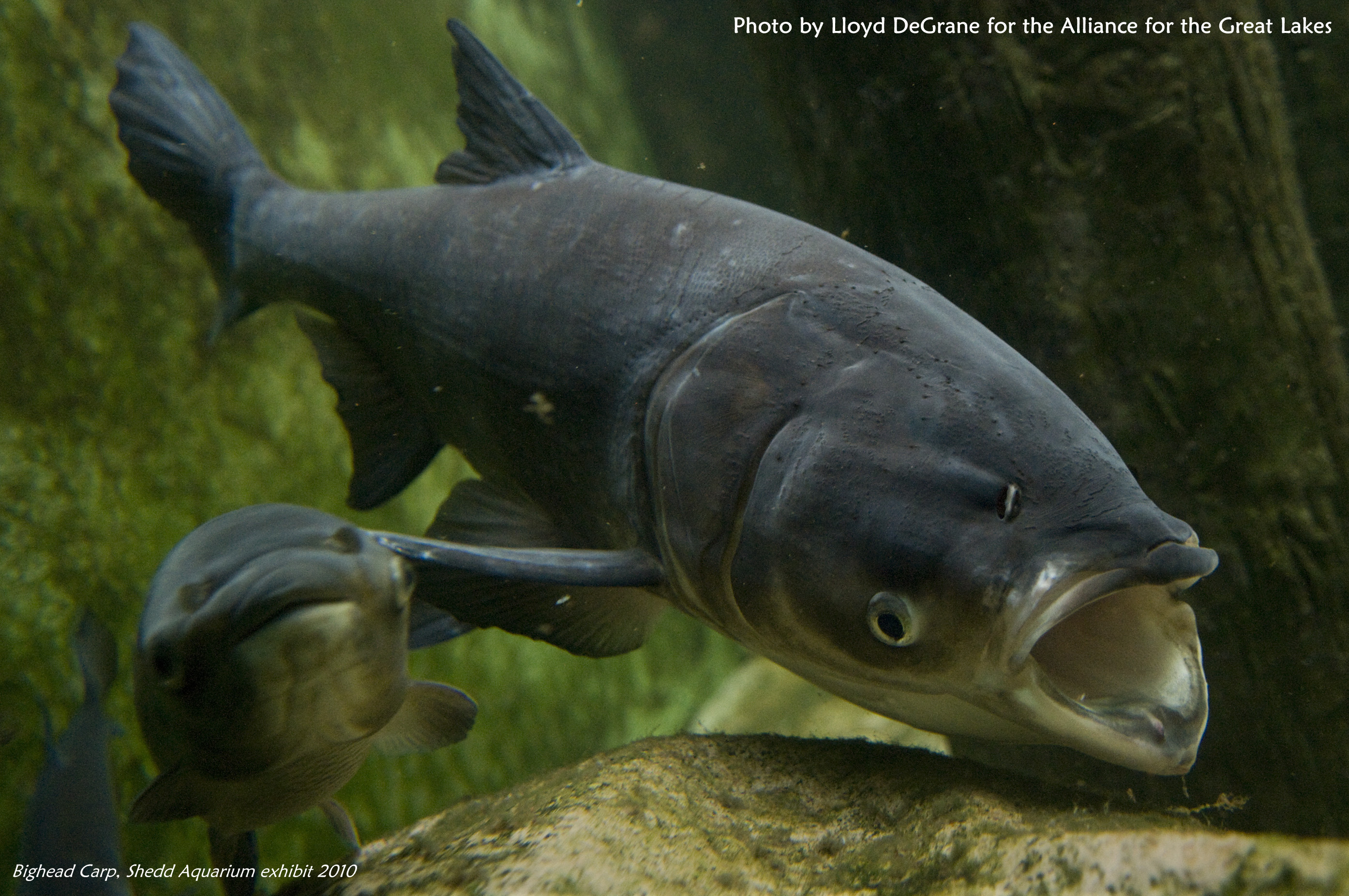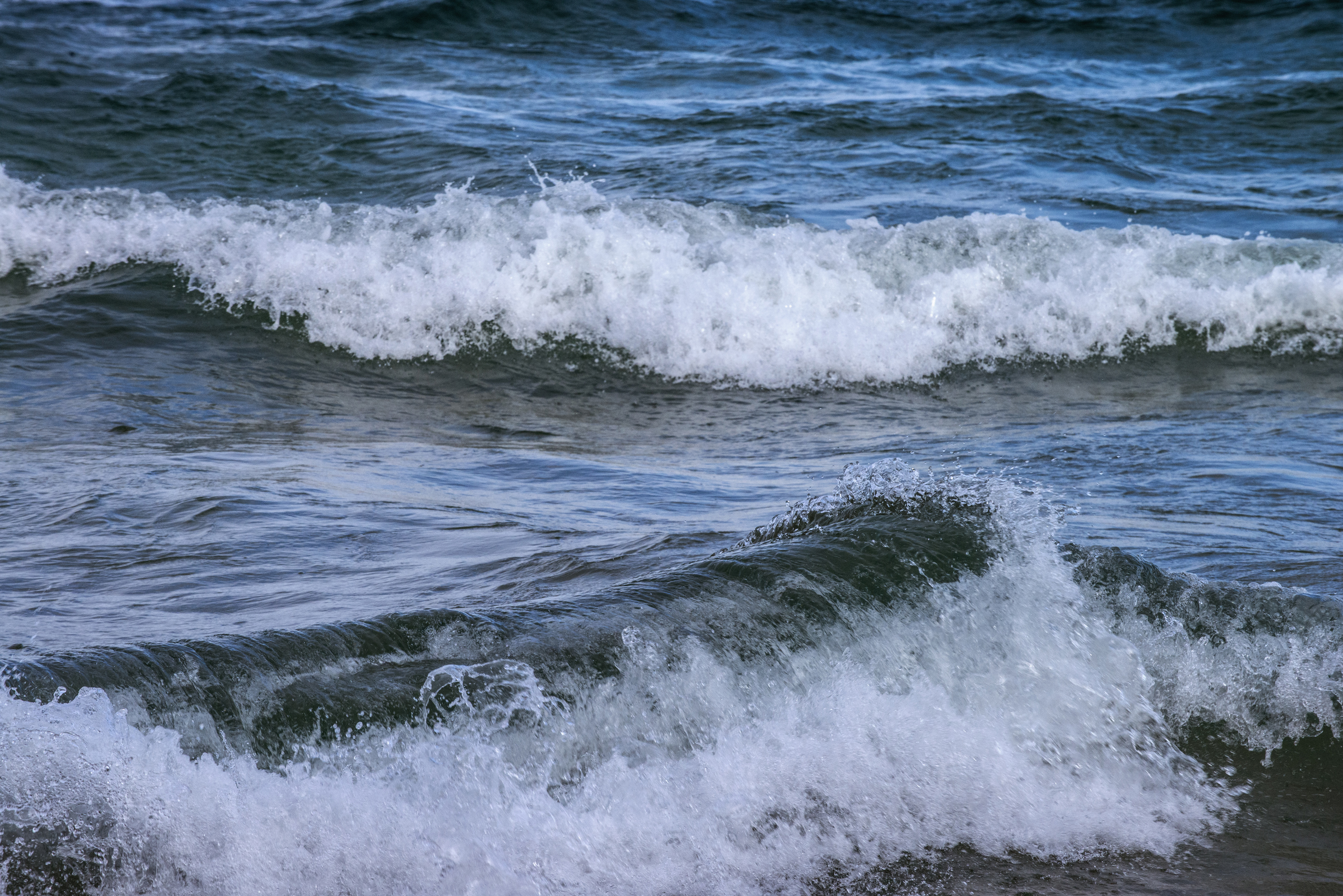What’s the best way to prevent invasive species from harming the Great Lakes?
What’s the best way to prevent invasive species from harming the Great Lakes? Making sure they never enter the lakes in the first place.
Earlier this month, the U.S. Fish and Wildlife Service announced a new rule that adds 11 nonnative freshwater species to their “list of injurious species”. The species include 10 fish (crucian carp, Eurasian minnow, Prussian carp, roach, stone moroko, Nile perch, Amur sleeper, European perch, zander, wels catfish) and 1 crayfish (common yabby).
None of these species are currently found in the United States. And, listing them as “injurious” prohibits importation into the country and interstate transport, except for some limited scientific and educational purposes.
According to the experts at the U.S. Fish and Wildlife Service: “The 11 species have the potential to become highly invasive if introduced into the wild in the United States and cause harm to our freshwater habitats and our native species, as well as to the local economies these natural resources support.”
Preventing invasive species introductions is common sense and this proactive new rule is good news for the Great Lakes. However, this is one piece of the bigger challenge of keeping invasive species out of the Great Lakes. In addition to this step, we need to protect rules that require ships to clean up ballast tanks, the number one source of invasive species introductions. And, we need quick action to keep Asian carp out of the Great Lakes.
The post What’s the best way to prevent invasive species from harming the Great Lakes? appeared first on Alliance for the Great Lakes.
News - Alliance for the Great Lakes
News - Alliance for the Great Lakes
https://greatlakes.org/2023/02/whats-the-best-way-to-prevent-invasive-species-from-harming-the-great-lakes/




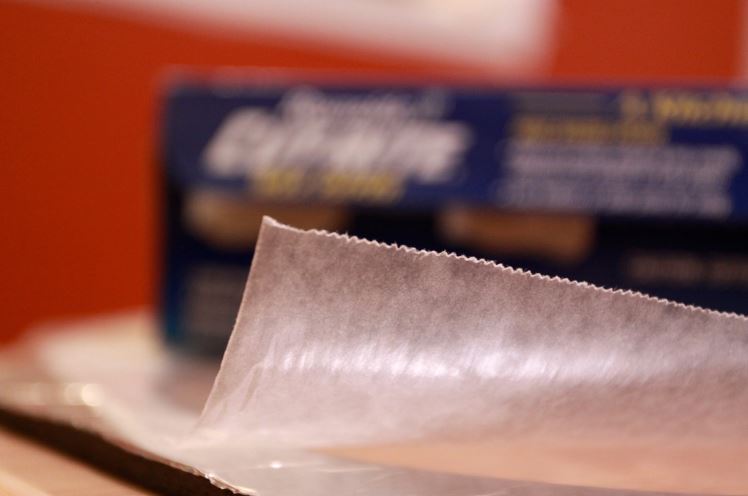



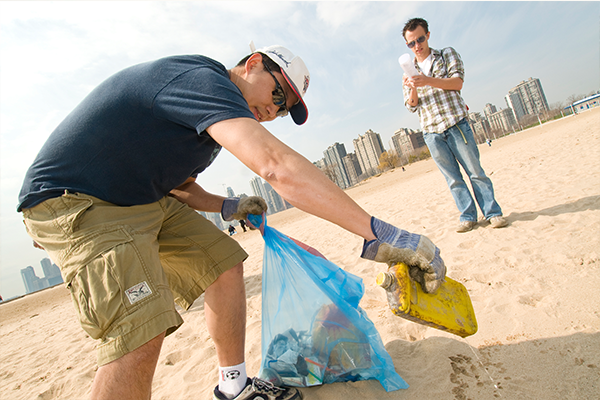




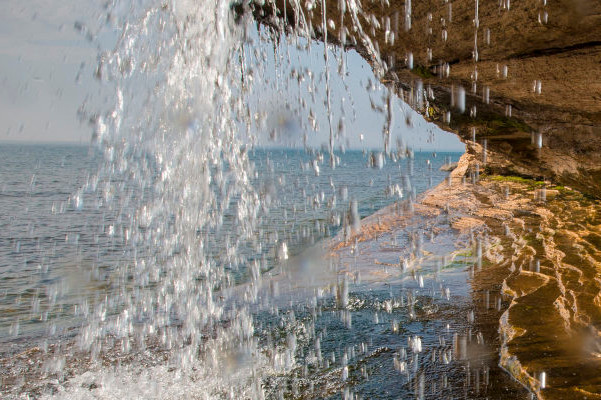


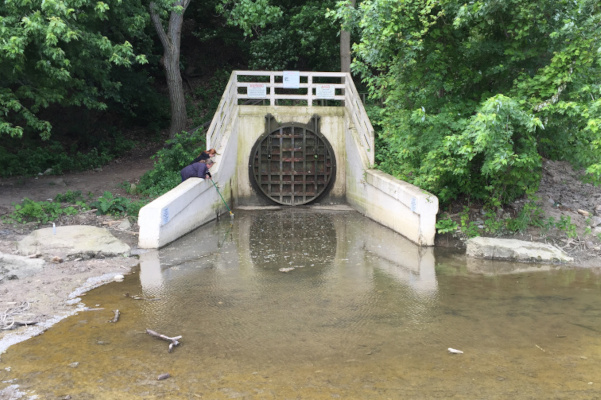
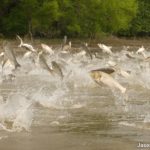
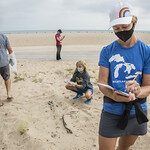 cleanups on all 5 Great Lakes in ways that protected the health of our volunteers and the lakes.
cleanups on all 5 Great Lakes in ways that protected the health of our volunteers and the lakes. Michigan and Calumet River communities on the Illinois-Indiana border.
Michigan and Calumet River communities on the Illinois-Indiana border.
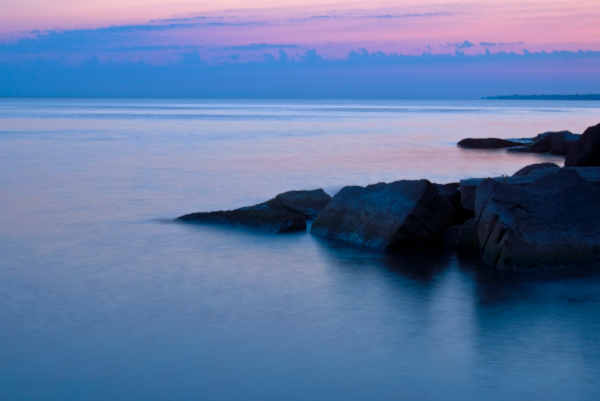
 career working in alternative investments in Chicago. Previously, Laura served as Vice President at Goldman Sachs, where she was responsible for managing the capital introductions and prime brokerage efforts in the central region. She began her professional career as an institutional investor at The University of Chicago Investment Office, followed by Glenwood Capital and The Pritzker Group. Ms. Payne received a master’s degree from The University of Chicago Booth School of Business and both a master’s and bachelor’s degree from Marquette University. Laura and her family have lived in Hyde Park for the past seventeen years and she has volunteered for a number of local groups, including serving on the Museum of Science and Industry’s President’s Council and Hyde Park School of Dance Advisory Committee. A passionate conservationist, Laura is hoping to raise awareness of core Alliance for the Great Lakes issues like water equity in Chicago.
career working in alternative investments in Chicago. Previously, Laura served as Vice President at Goldman Sachs, where she was responsible for managing the capital introductions and prime brokerage efforts in the central region. She began her professional career as an institutional investor at The University of Chicago Investment Office, followed by Glenwood Capital and The Pritzker Group. Ms. Payne received a master’s degree from The University of Chicago Booth School of Business and both a master’s and bachelor’s degree from Marquette University. Laura and her family have lived in Hyde Park for the past seventeen years and she has volunteered for a number of local groups, including serving on the Museum of Science and Industry’s President’s Council and Hyde Park School of Dance Advisory Committee. A passionate conservationist, Laura is hoping to raise awareness of core Alliance for the Great Lakes issues like water equity in Chicago. introduced many improvements in financial systems, factory automation and food safety, including a breakthrough probiotic treatment to enhance food safety without refrigeration. Before that, Bill was VP Finance for the US operations of CKD Corporation and the Colorado unit of PG&E. Bill has also served on the boards of directors for Signa Group, CKD Createc, and Bear Creek Water in Colorado. Bill is an avid if unaccomplished golfer and loves to zone out on long rides on his hybrid bike. He is a member of the International Association of Food Safety and the American Association for the Advancement of Science. He received a bachelor of science degree in systems engineering from the University of Illinois at Chicago and a master’s in finance and economics from the University of Chicago. Bill grew up in Chicago and spent his summers in Lake Michigan at a family getaway. His children, and their children, have become part of a multigenerational bond to this magnificent body of water. Bill hopes his participation in and support of the Alliance will help protect the lakes from the many threats they face.
introduced many improvements in financial systems, factory automation and food safety, including a breakthrough probiotic treatment to enhance food safety without refrigeration. Before that, Bill was VP Finance for the US operations of CKD Corporation and the Colorado unit of PG&E. Bill has also served on the boards of directors for Signa Group, CKD Createc, and Bear Creek Water in Colorado. Bill is an avid if unaccomplished golfer and loves to zone out on long rides on his hybrid bike. He is a member of the International Association of Food Safety and the American Association for the Advancement of Science. He received a bachelor of science degree in systems engineering from the University of Illinois at Chicago and a master’s in finance and economics from the University of Chicago. Bill grew up in Chicago and spent his summers in Lake Michigan at a family getaway. His children, and their children, have become part of a multigenerational bond to this magnificent body of water. Bill hopes his participation in and support of the Alliance will help protect the lakes from the many threats they face.
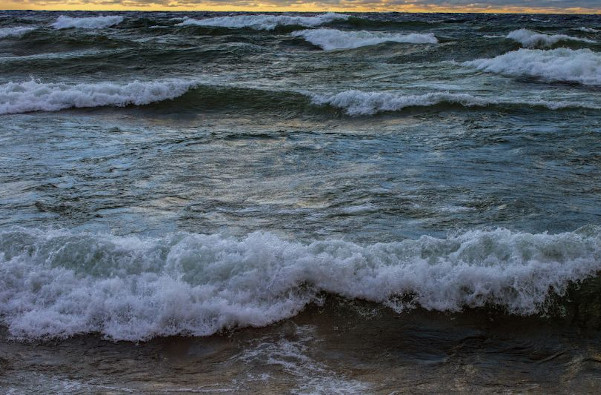
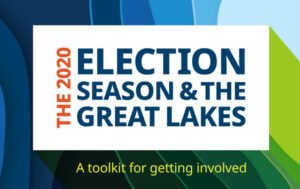
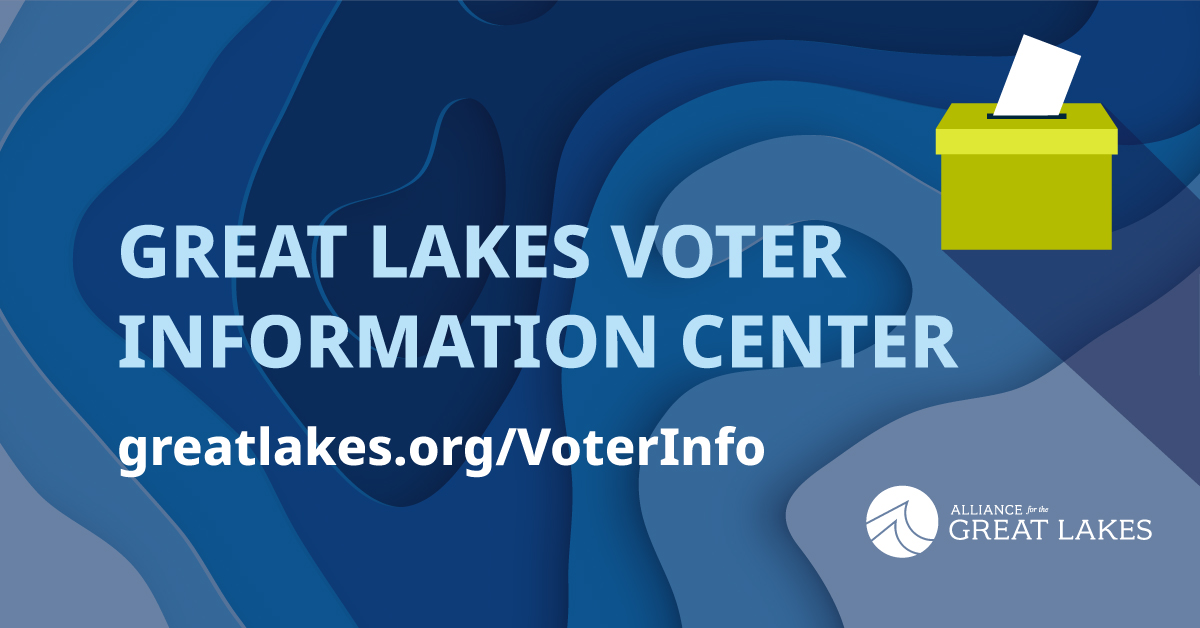
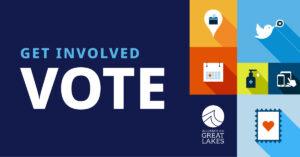
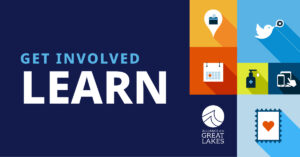 Elected officials set priorities that can lead to better protections for the lakes or leave them more vulnerable to pollution. They oversee agencies that implement clean water laws and regulations. And they make budget decisions that impact Great Lakes programs.
Elected officials set priorities that can lead to better protections for the lakes or leave them more vulnerable to pollution. They oversee agencies that implement clean water laws and regulations. And they make budget decisions that impact Great Lakes programs.  Candidate forums are an important way for you to get your issue on the agenda by asking questions about how the candidate plans to take action if elected.
Candidate forums are an important way for you to get your issue on the agenda by asking questions about how the candidate plans to take action if elected. 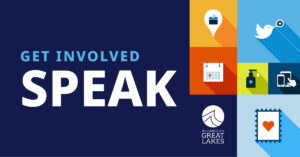 Voters like you can make sure that the Great Lakes and clean water are part of the election-year conversation. A great place to start is speaking out on social media.
Voters like you can make sure that the Great Lakes and clean water are part of the election-year conversation. A great place to start is speaking out on social media.